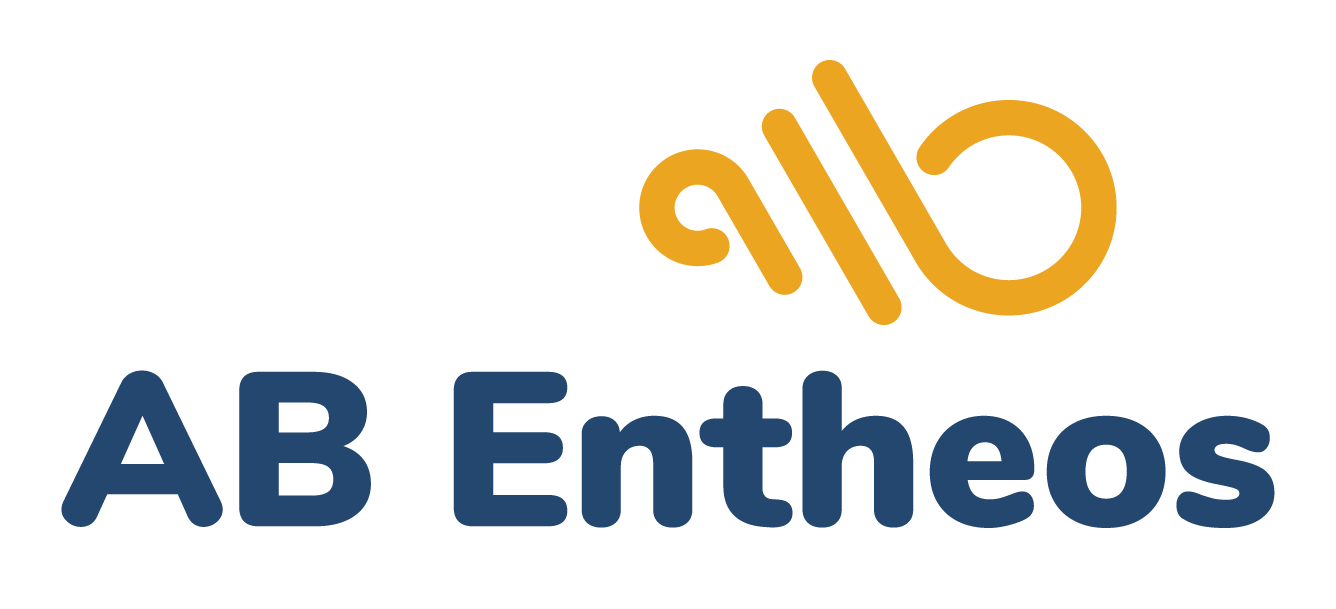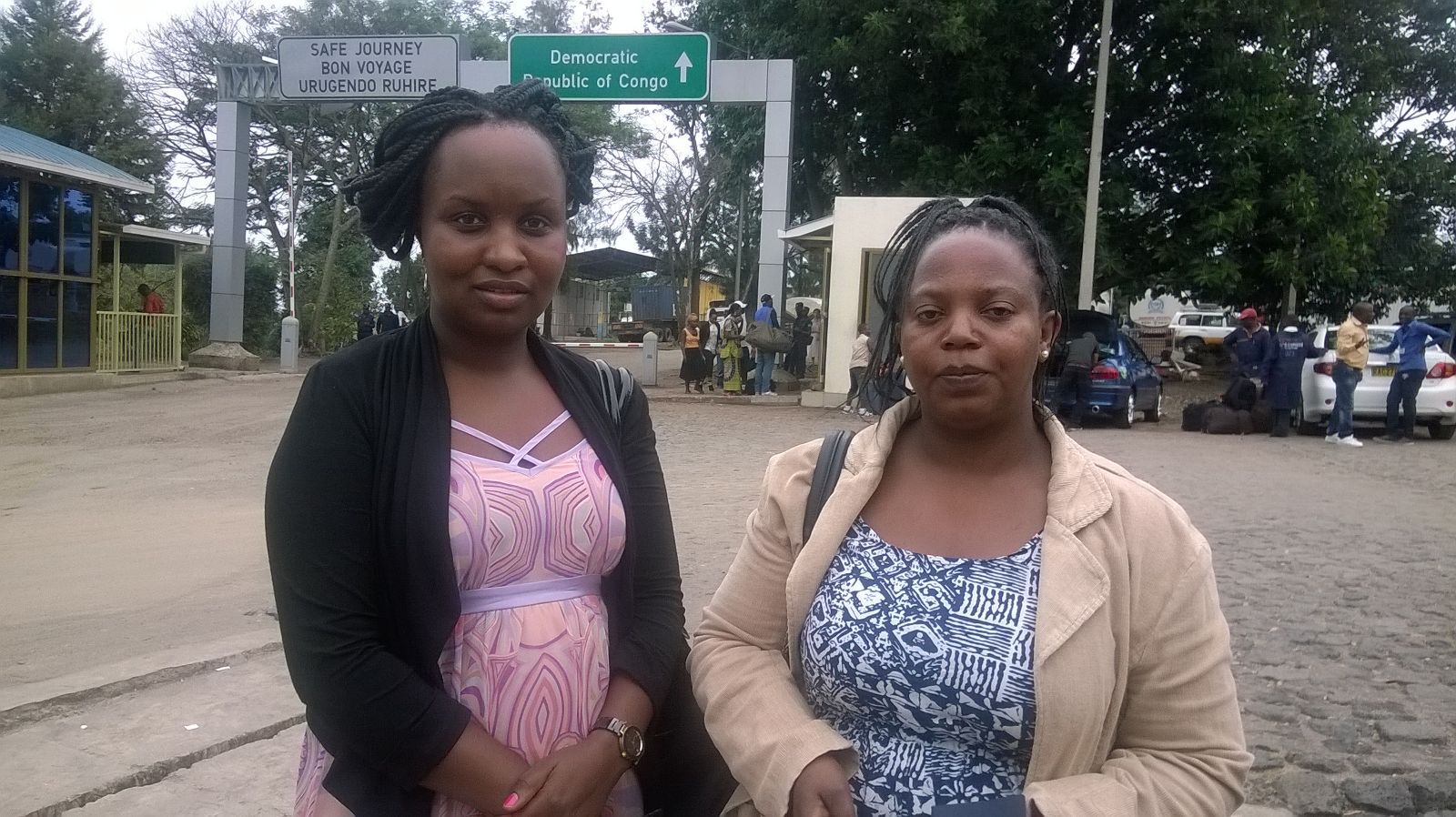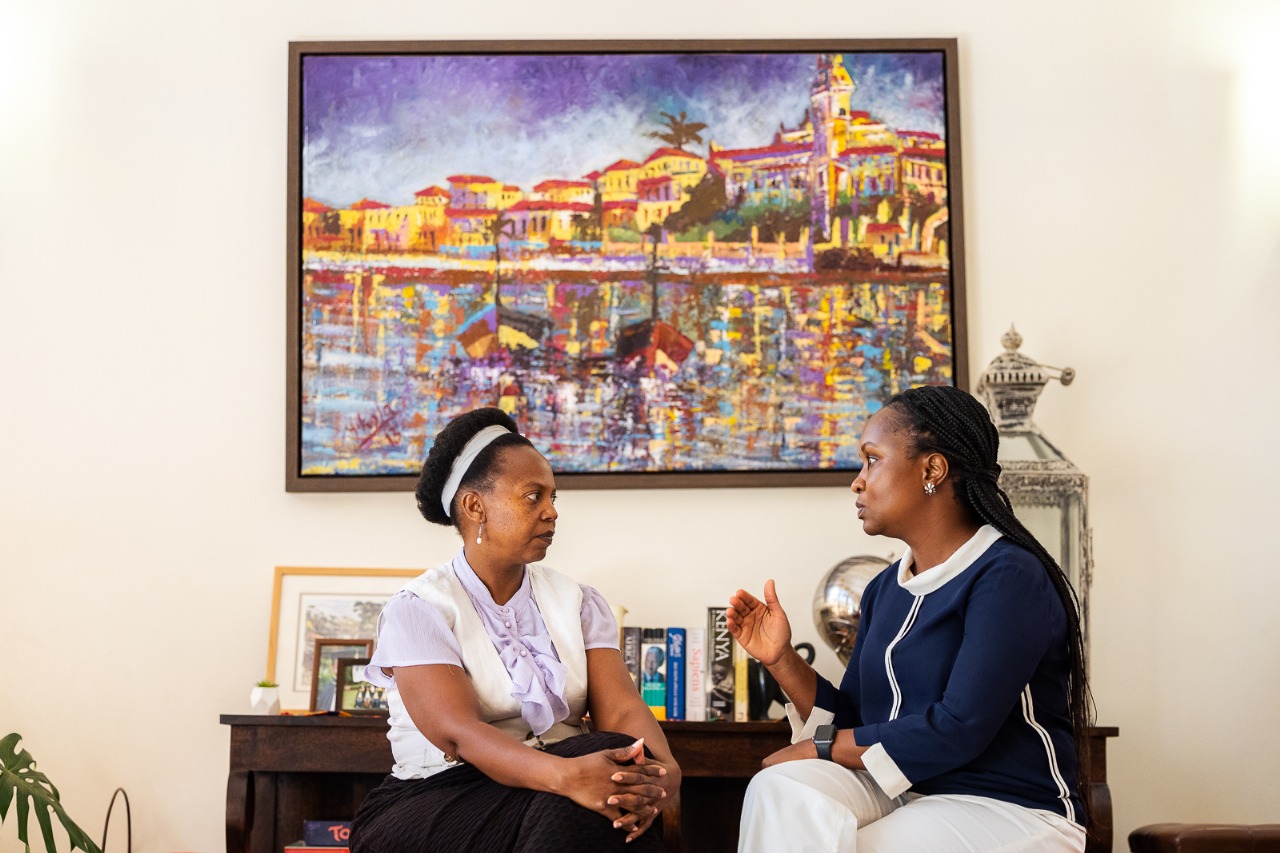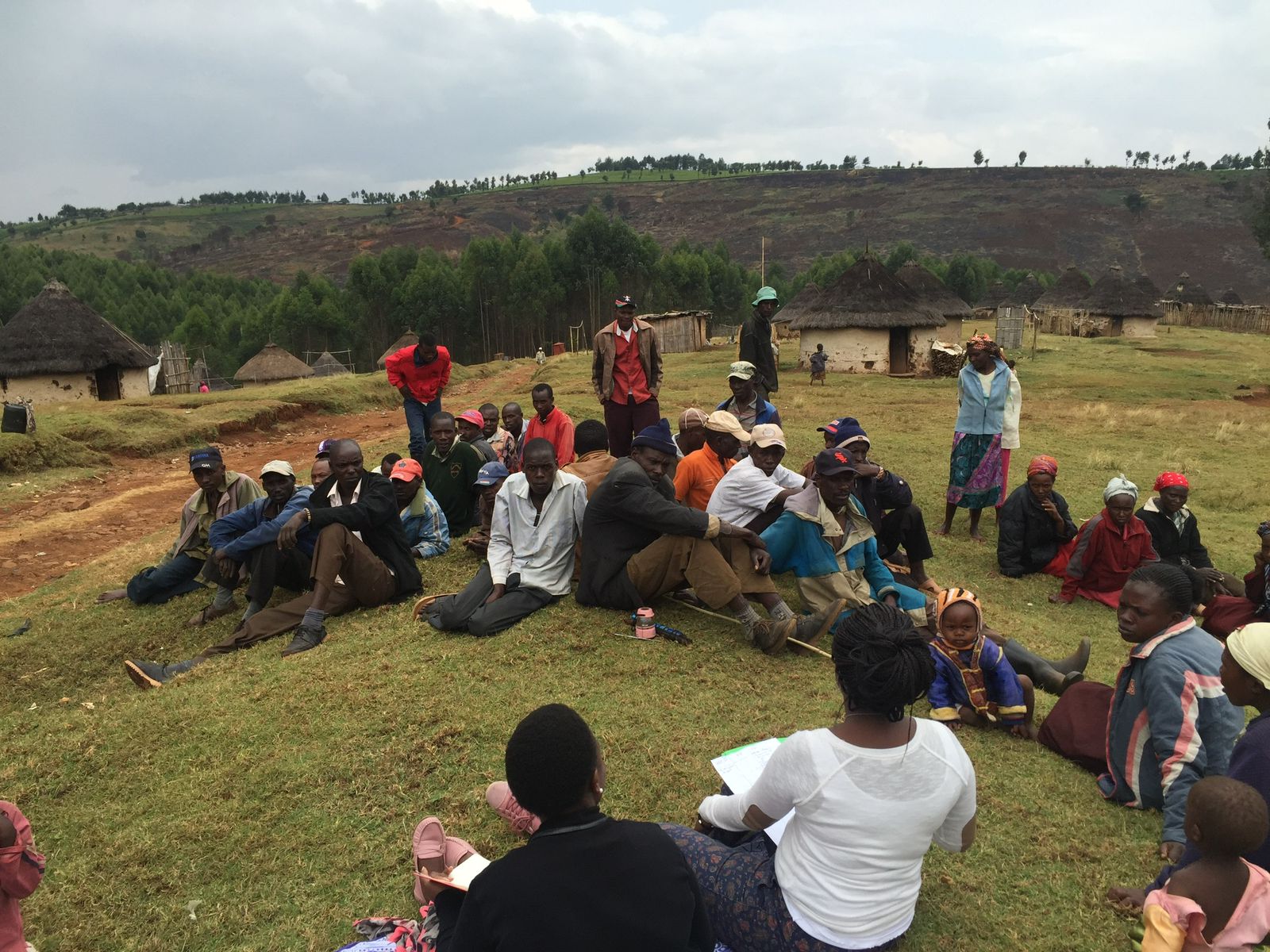
The client should be at the centre
In 2024, AB Entheos celebrated 10 years of operations. The company is the brainchild of Anne Kamau and Barbara Chesire, former colleagues from earlier in their respective careers. Launching and growing AB Entheos was the biggest professional challenge Anne and Barbara have faced. Through this blog series, they explain the challenges they have overcome, their successes and the lessons learned. This is the second instalment in their story of 10 lessons in 10 years, or 10-in-10.
Soon after starting their consulting business, Anne and Barbara realised they needed to shift strategy. The initial plan was to grow microinsurance in Kenya. After all, this was the goal their previous roles had focused them towards. But very quickly, it became clear that there were markets and clients outside Kenya that could benefit from their services. As they prepared to go beyond home turf, their entire approach to developing microinsurance solutions was about to change.
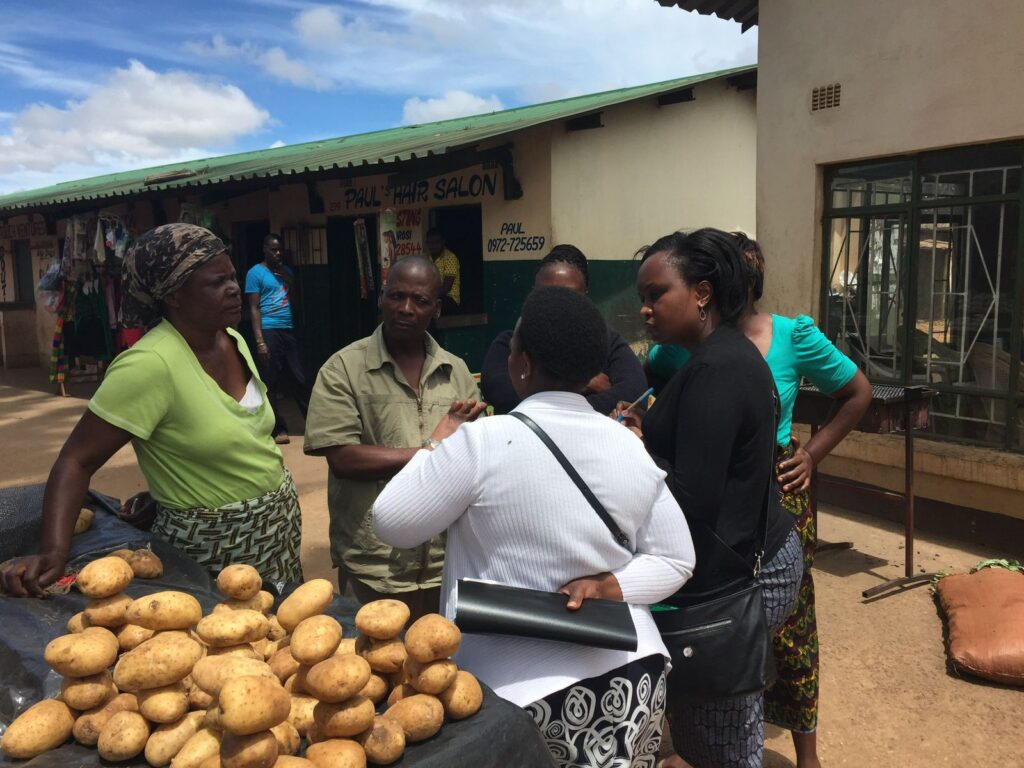
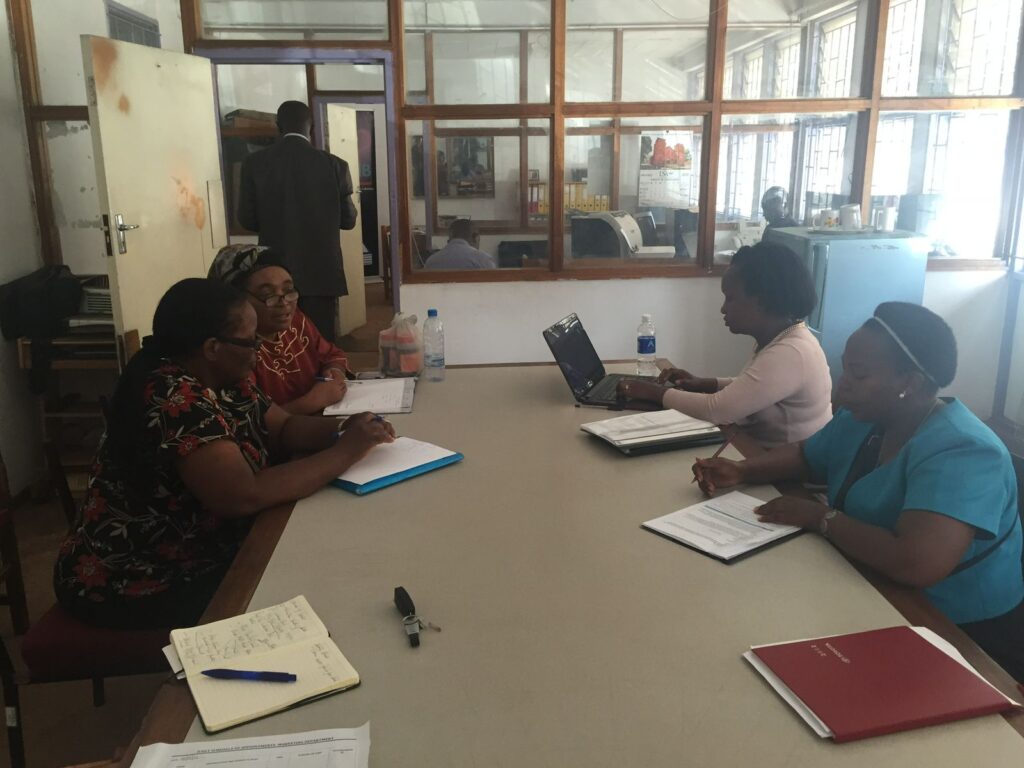
Evolving from the boardroom to bottom-up…
They learnt from different inclusive insurance communities that the traditional boardroom-inspired products were not resonating with the target market. Out of necessity, Anne and Barbara realized that they had to start learning to unlearn and then relearn. Their early experiences in insurance revealed how ineffective insurance product design processes were. Decisions made solely in boardrooms, without a second thought given to market engagement or meaningful customer research, seldom did well – despite significant investments in marketing. Poor conversion rates led to frustration and difficult explanations during product evaluation meetings.
Instead, through early pilot projects and international conferences, they learned the “bottom-up approach”. Direct client input was necessary to design products with a chance of succeeding in the market. This meant engaging with would-be users to learn about their needs and their lives, before turning a concept into a product. This became a core part of AB Entheos’ mission. It prompted Anne and Barbara to refuse projects that did not include direct client interaction, even when they badly needed the work. It was morals over money.
…sometimes led to resistance from clients
A move away from convention can come with risks and rewards. In attempting to put the client at the centre of their work, Anne and Barbara were challenged by some clients who felt they already knew their target market. Anne recalls that one of them said, “Insurance is insurance”, dismissing the need for a new approach. Direct engagement was seen as a waste of time and resources, and there was little appetite to move away from fixed-premium products.
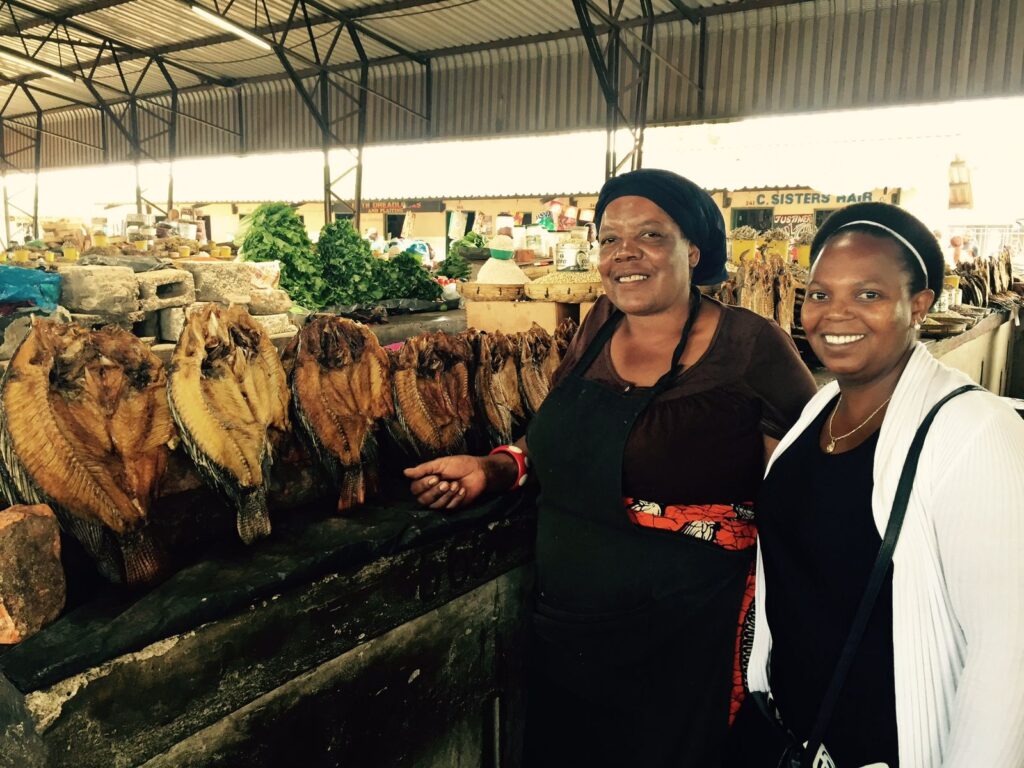
Because of such resistance, we came up with a statement: ‘We will build solutions with the client rather than for the client’.
Anne Kamau
As a result, in one example, Anne and Barbara’s approach revealed a significant mismatch between a particular insurance company’s offerings and the target community’s actual needs. Thankfully, this did not curb their desire to develop client-centric risk protection solutions. If anything, it was about to lead to yet more change. Listening to clients helped secure funding from an international development partner for a different insurance company willing to explore the client-driven approach. Barbara points out that listening to client needs is fundamental: it has directly supported AB Entheos’ growth as a business.
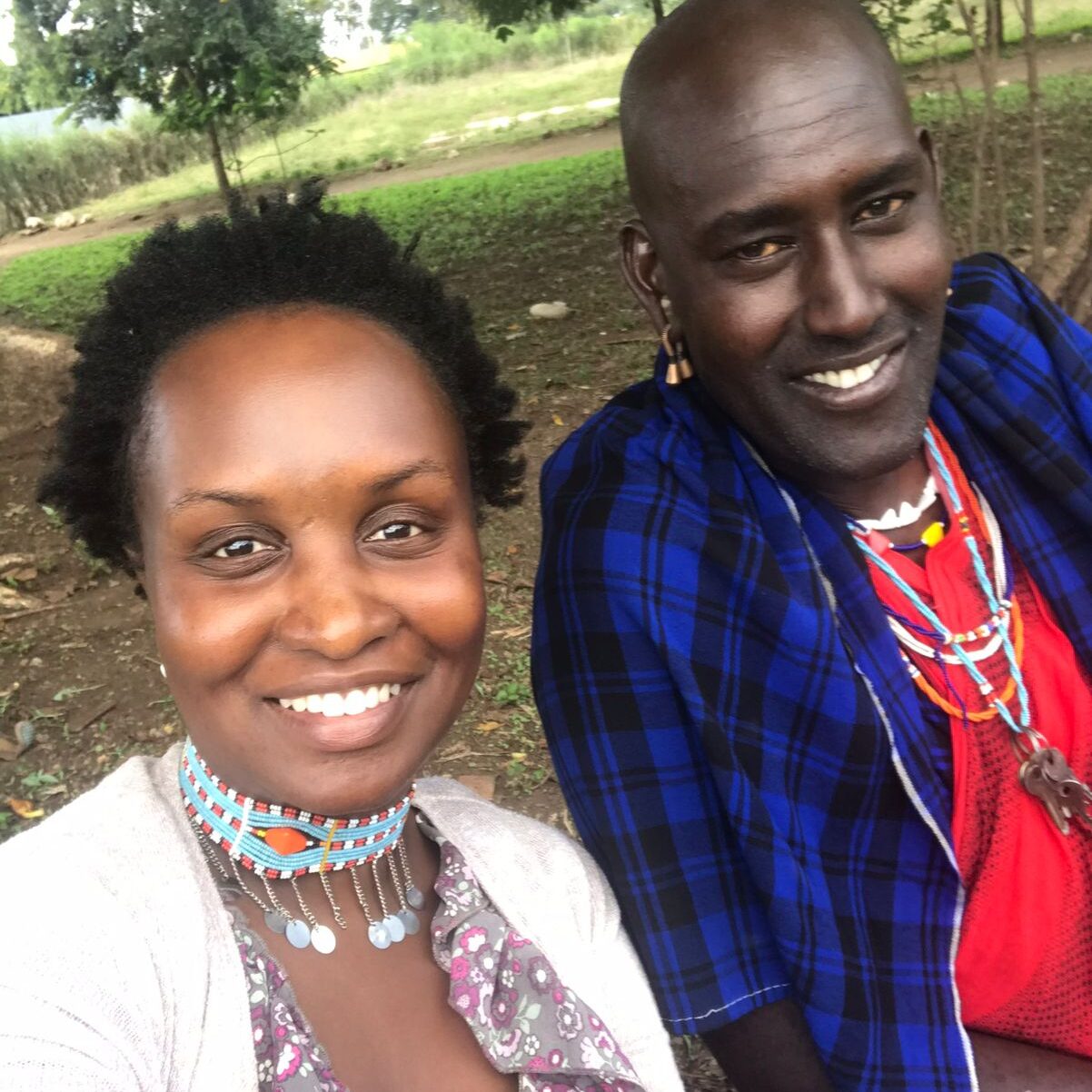
Barbara Chesire
A good opportunity was only worth pursuing if it aligned with our values. Although our company has grown, we still adhere to this.’
How does client centricity become your way of doing business?
For Anne and Barbara, the client-centric, bottom-up approach is now a core part of their company culture. New team members are trained to prioritize the end users’ needs in every decision for every project. This often means having to proactively identify instances where a possible product or solution may not align with the end users’ requirements. All new staff, even those who are not involved in technical work, are exposed to end users through immersive field visits.
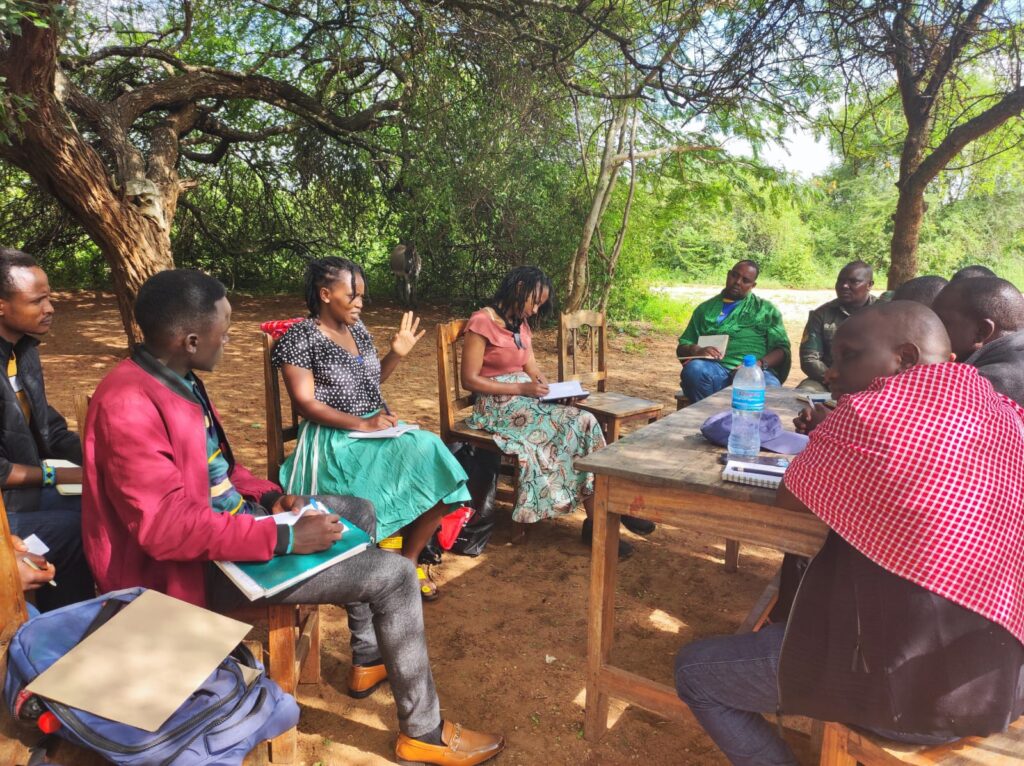
This approach has helped AB Entheos’ staff to develop a better understanding of end users; some have even become involved in parts of the business beyond their day-to-day roles. Anne explains that for their human wildlife conflict insurance scheme in Kenya, their claims lead has a special focus on end-user perception. Specifically, how their feedback could be used to provide a better service. Barbara recalls that the company accountant has often engaged with rural women in focus groups. Staff at AB Entheos are there to serve the people of Africa, not just sit in offices.
You can read about the first 10-in-10 lesson here.
